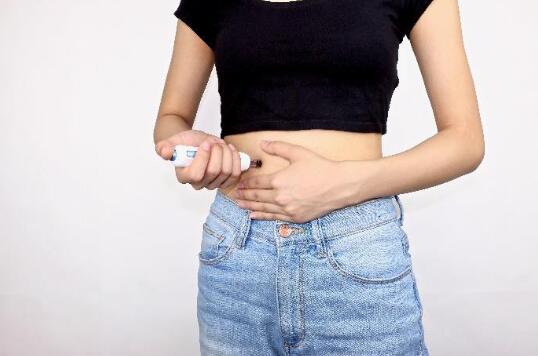In the treatment of diabetes, insulin is one of the most effective drugs for controlling blood sugar. Patients with type 1 diabetes usually require lifelong insulin injections, and patients with type 2 diabetes also need insulin injections when oral hypoglycemic drugs are ineffective or contraindicated. According to the statistics of the International Federation IDF in 2017, China currently ranks first in the number of people with diabetes, and has become the country with the most widespread diabetes. In China, about 39 million diabetic patients now rely on insulin injections to maintain blood sugar levels, but less than 36.2% of the patients can actually achieve effective sugar control. This is related to the patient's age, gender, educational level, economic conditions, medication compliance, etc., and also has a certain relationship with the mode of administration. Moreover, some people who inject insulin have a fear of needles.
The subcutaneous injection was invented in the 19th century for subcutaneous injection of morphine to treat sleep disorders. Since then, the subcutaneous injection method has been continuously improved, but it still causes tissue damage, subcutaneous nodules, and even problems such as infection, inflammation or air embolism. In the 1930s, American doctors developed the earliest needle-free syringes by using the discovery that the liquid in the high-pressure oil pipeline was ejected from the small holes on the surface of the oil pipeline and could penetrate the skin and inject into the human body.

At present, the world's needle-free injection has entered the fields of vaccination, infectious disease prevention, drug treatment and other fields. In 2012, my country approved the first insulin TECHiJET needle-free injector with independent intellectual property rights. It is mainly used in the field of diabetes. Needle-free injection is also called "gentle injection". Painless and can effectively avoid cross- infection. "Compared with needle injection, needle-free injection will not damage the subcutaneous tissue, avoid induration caused by long-term injection, and can effectively prevent patients from not standardizing treatment due to fear of needles." Professor Guo Lixin, director of the Department of Endocrinology at Beijing Hospital, said that needle-free injection can also save processes such as changing needles, avoid cross-infection, and reduce the trouble and cost of medical waste disposal. The so-called needle-free injection is a principle of high-pressure jet. "Instead of a needle with pressure, the jet is extremely fast and can penetrate deeper into the body. Because needle-free injections have minimal irritation to nerve endings, they don't have the noticeable tingling sensation that needle-based injections do." Professor Guo Lixin, director of the Endocrinology Department of Beijing Hospital, said. In 2014, Beijing Hospital and Peking Union Medical College Hospital jointly conducted a research on insulin absorption and blood sugar control of needle-free syringe and traditional needle-based insulin pen with needle-free syringe as the research object. The results showed that the peak time, postprandial blood glucose control, and postprandial blood glucose fluctuation range of rapid-acting and short-acting insulins were better than those of traditional needle-injected insulin. Compared with traditional needle-based injection, needle-free injection allows the human body to absorb the medicinal liquid faster and more evenly due to the diffuse administration method, which is conducive to the effective absorption of insulin, relieves the patient's fear of traditional needle-based injection, and reduces the pain during injection. , thereby greatly improving patient compliance, improving blood sugar control, in addition to reducing the adverse reactions of needle injection, such as subcutaneous nodules, fat hyperplasia or atrophy, and reducing the injection dose.
Post time: Sep-20-2022
